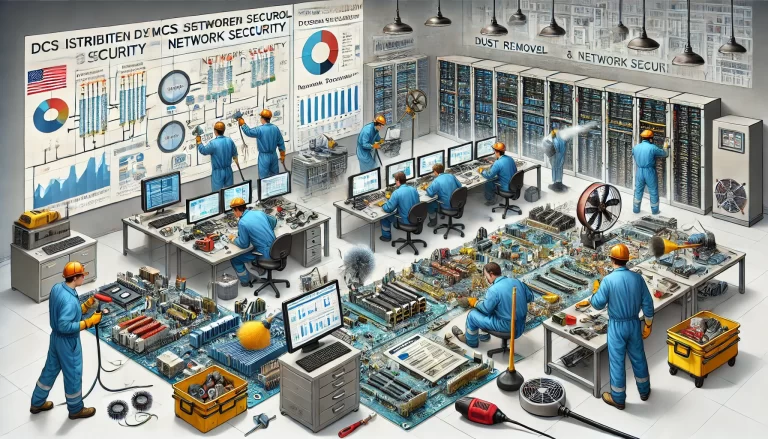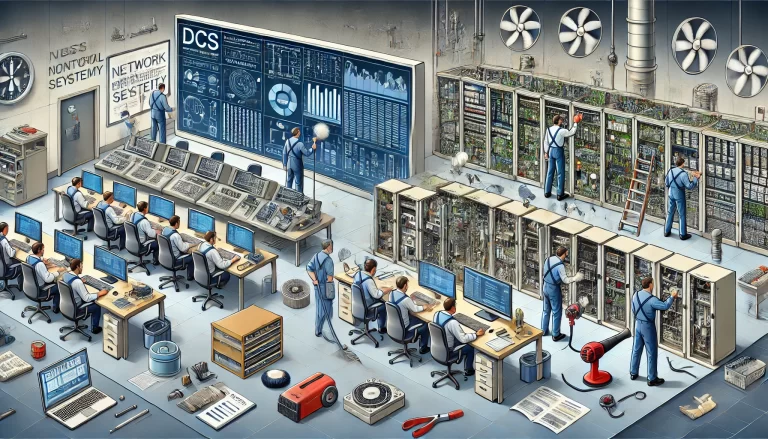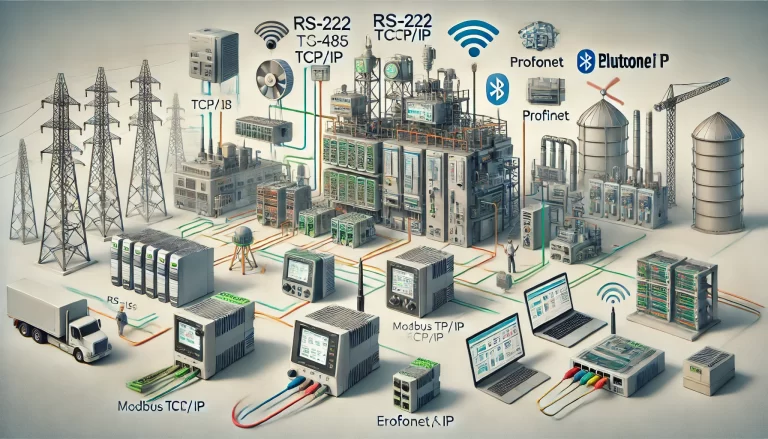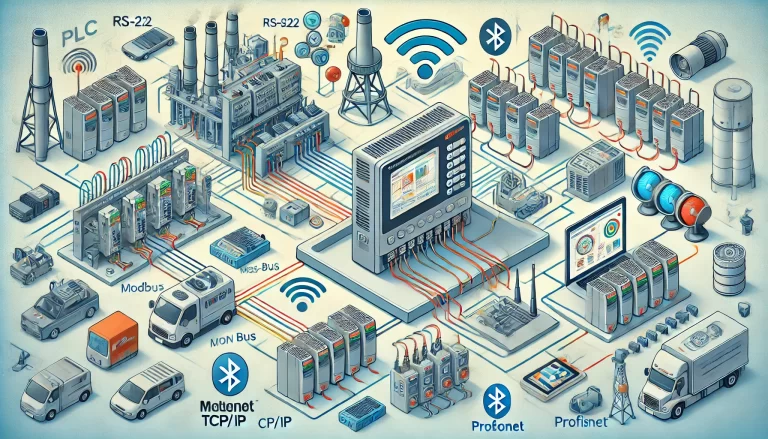General Guidelines
In line with the principle of “safety first, prevention-oriented, and comprehensive management,” this emergency response guide focuses on fast and accurate handling of emergencies in Distributed Control Systems (DCS) and Programmable Logic Controllers (PLC). The goal is to ensure the safety of personnel and equipment while establishing a long-term response mechanism to improve rapid recovery capabilities.
1. Total Loss of System Power
Symptoms:
All operator stations display black screens; audible alarms from backup power alert systems.
Servers, switches, and all I/O control stations cease to function.
Control room power panels and controller modules show no indicator lights.
Possible Causes:
Main power supply failure.
UPS malfunction.
Power switching device failure.
Consequences:
Complete monitoring and operation loss.
Controller shutdown leads to failure or malfunction of critical equipment, possibly causing shutdowns or equipment damage.
Response Actions:
Check incoming power (220VAC) to the main control cabinet.
Inspect air switches, ground faults, and bypass or replace faulty power switching devices.
Follow step-by-step re-energization from upstream to downstream after confirming safety.
Validate system status post-repower and confirm with the shift leader before restarting operations.

2. Operator Workstations Unresponsive Without Backup Monitoring
Symptoms:
Black screens or unresponsive operator stations.
Offline display on engineer station or system diagnostics.
Possible Causes:
Operator station power failure.
Network-wide failure.
Complete server malfunction.
Response Actions:
Diagnose power issues, then refer to total power loss response plan.
Inspect and troubleshoot network infrastructure.
Evaluate server condition and execute the redundant server failure procedure.

3. Network Failure Across DCS/PLC
Symptoms:
Slow or failed display refresh, delayed operator commands.
Entire system appears offline.
Possible Causes:
Switch hardware failure.
Server redundancy loss.
Data storms or malware infections.
Consequences:
Operators cannot monitor or control the plant accurately.
Response Actions:
Check power and functionality of switches.
Analyze for network loops or broadcast storms.
Coordinate restoration steps with operators.

4. Redundant Servers Both Fail
Symptoms:
Operator stations freeze.
Alarms, trends, and reports fail.
Causes:
Power or network disconnection.
Software crashes or hardware failure.
Response Actions:
Check server status, tasks, power, and connectivity.
Reboot or replace server as needed.
Confirm all parameters are restored and validated through HMI.

5. Partial Power Loss (One Supply Line Down)
Symptoms:
Alarms for partial DCS/PLC power failure.
One power module in redundant setup showing failure.
Consequences:
Increased risk of total power outage.
Response Actions:
Identify the failed segment, check breakers and restore power.
Communicate with operations to maintain system stability and prepare for full power recovery.

6. Loss of Network Redundancy
Symptoms:
Alarms indicating partial network failure.
Redundant switches offline or in error.
Causes:
Cable issues, switch failure, or interface problems.
Response Actions:
Locate and isolate faulty segments.
Replace faulty switches or connectors.
Avoid disrupting the active network link while troubleshooting.

7. Critical I/O Module Failure
Symptoms:
Unresponsive field devices.
Communication loss or incorrect readings.
Causes:
Environmental issues, hardware aging, or power surges.
Response Actions:
Disable associated interlocks and automatics.
Isolate faulty modules and reroute signals to spare channels.
Replace faulty components with verified configurations.

8. Redundant Server Partially Fails
Symptoms:
Partial server alarms.
Degraded system responsiveness.
Causes:
Software crashes, power issues, or hardware malfunctions.
Response Actions:
Diagnose failed server components.
Reconfigure or replace hardware.
Restart services and confirm full functionality through operator stations.

Conclusion: These emergency procedures are designed to support field personnel, control engineers, and maintenance teams in swiftly identifying, analyzing, and resolving system-level emergencies. It is recommended that routine training, system inspections, and periodic drills be conducted to ensure response effectiveness.
